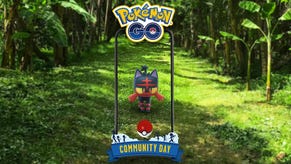Pokémon Go Premier Cup restricted Pokémon list and team suggestions explained
Which creatures can't make it into your Premier Cup team.
The Premier Cup was the first specialist tournament to be released for the Go Battle League in Pokémon Go.
Since the Premier Cup runs in tandem with other leagues, it shares the CP restrictions, if any, the league might have. This means that if the Premier Cup is running during the Ultra League, then it's CP restriction is 2500CP - but when the Ultra League goes live, the Premier Cup will have no CP restriction to match this league.
The only restriction that stays throughout any iteration of the Premier Cup is that you can not use legendary or mythical Pokémon.
If you relied on Pokémon like Giratina or Dialga, you may find yourself at a loss on how to build a team thanks to this restriction or, if you're a new player, you might find more success in the Premier Cup than the Master League.
On this page:
Restricted Pokémon for the Premier Cup in Pokémon Go
The only restriction that stays throughout any iteration of the Premier Cup is that you can not use legendary or mythical Pokémon.
Below you can find all the Pokémon that you can not use in the Premier Cup for the Go Battle League of Pokémon Go.

Some of these Pokémon, such as Manaphy, are yet to be released in Pokémon Go, but the generation they belong to have been, which means that they have most likely been included to prevent them from accidentally being acceptable for the Premier Cup upon their release.
Thank you to martycochrane from reddit for datamining this information.
Gen One:
- Ditto
- Articuno
- Zapdos
- Moltres
- Mewtwo
- Mew
- Raikou
- Entei
- Suicune
- Lugia
- Ho-oh
- Celebi
- Shedinja
- Regirock
- Regice
- Registeel
- Latias
- Latios
- Kyogre
- Groudon
- Rayquaza
- Jirachi
- Deoxys
- Uxie
- Mesprit
- Azelf
- Dialga
- Palkia
- Heatran
- Regigigas
- Giratina
- Cresselia
- Phione
- Manaphy
- Darkrai
- Shaymin
- Victini
- Cobalion
- Terrakion
- Virizion
- Tornadus
- Thundurus
- Reshiram
- Zekrom
- Landorus
- Kyurem
- Keldeo
- Meloetta
- Genesect
Gen Seven:
- Meltan
- Melmetal
Things to know about putting together a Premier Cup team in Pokémon Go
Unlike the main three leagues, any and all legendary and mythical Pokémon are banned from the Premier Cup. This means that many favourites, such as Dialga and Giratina, can't be used in the Premier Cup.
Instead, you'll have to find new favourites amongst Pokémon like Togekiss that have already become popular, or unexpected ones, such as Tangrowth.
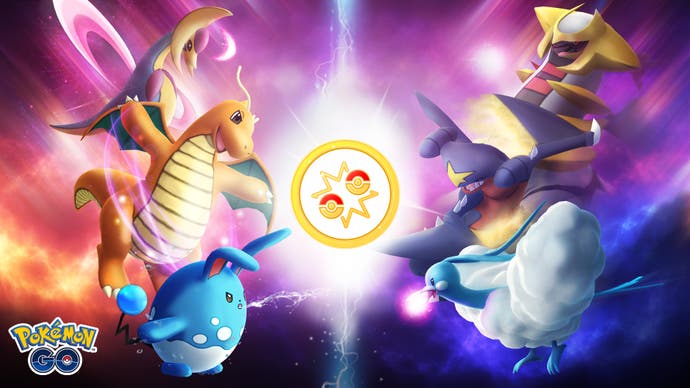
There might also be a CP restriction. This usually depends on the league running alongside it. If you want a starting point, a recommendation is to look at the respective league with the CP restriction - see below for our best team recommendations - and go for creatures that aren't Mythical or Legendary:
- All Great League recommendations (1500 CP cap)
- All Ultra League recommendations (2500 CP cap)
- All Master League recommendations (no CP cap) - or see the section below
Of course, the meta will change without Mythical or Legendaries - but know the choices above should still serve you well if you want to jump in and start experimenting.
If you want another suggestion, starter Pokémon with Community Day moves also become a good choice again when building a Premier Cup team, because the exclusive moves they know help them replace the powerful legendary and mythical Pokémon that are now unavailable.
It's important to note that the CP level of a Pokémon isn't the most important thing in the Premier Cup. You'll want to ensure that your team has a range of Pokémon types and that the Pokémon themselves have a diverse move set. This will allow you to quickly adapt to an opponent's team.
Ultimately, victory in the Premier Cup is more likely going to come from clever type match up, so ensure that you're using a diverse team, utilising dual type Pokémon when you can, and, if the Pokémon is capable of it, make sure that you've unlocked the second Charged attack for that Pokémon.
The Dual Destiny Season is here! It brings the Holiday Part 1 event with it. You can now catch Dynamax Pokémon through Max Battles. First, however, you need to visit Power Spots to collect Max Particles and complete the To the Max! quest. Don't forget to try out Routes, Gift Exchange and Party Play while you're hunting down rare Pokémon, fighting in the Go Battle League or competing in PokéStop Showcases.
Our Pokémon Go Premier Cup recommendation without a CP cap
Like with the Master League, there is no 'best' Premier Cup team, because not only will you never know what you're going to be facing and the Pokémon available to you depends on both the region and how long you've been playing.
To counteract this issue, we've created a general list of recommended Premier Cup Pokémon that you can use to build a team. We used multiple sources when writing this list so that it will apply to players of all levels of skill and experience.
Just remember - when forming a team for the Premier Cup you're only allowed to use each Pokémon once and you can't use any legendary or mythical Pokémon.
Check out the Restricted Pokémon section for more information about which Pokémon you can't use in the Premier Cup.
Our Pokémon Go Premier Cup Team recommendations in no particular order:
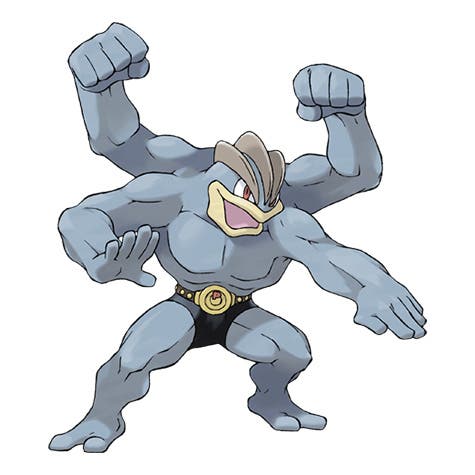
Machamp
Type: Fighting
Recommended moves: Counter (Fast), Cross Chop, Close Combat, Rock Slide (Charged)
Machamp weaknesses: Fairy, Flying, Psychic
Machamp is a great choice of Pokémon for those who are experienced Pokémon Go players and those who've just begun their journey into the game.
In Premier Cup, Machamp is an ideal shield breaker; Counter will easily power up its Charged move, forcing your opponent to use one of their two shields. If you're lucky enough, then you can destroy both shields very early on in the battle, allowing you to save yours for your stronger Pokémon.
Aside from shield breaking, Machamp is still an effective attacker, especially if you're battling either normal, rock, steel, ice or dark-type Pokémon.
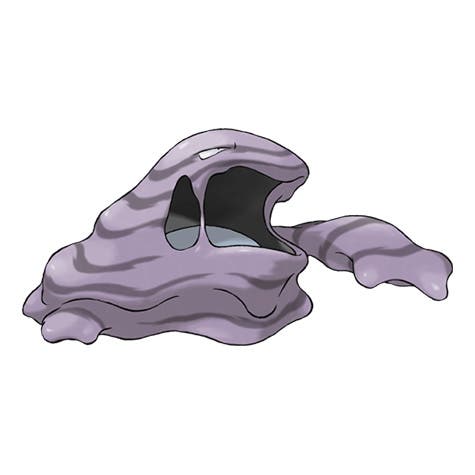
Muk
Type: Poison
Recommended moves: Poison Jab (Fast), Dark Pulse, Sludge Wave, Thunder Punch (Charged)
Muk weaknesses: Ground, Psychic
As a poison-type Pokémon, Muk is a great choice if you're having trouble defeating fairy or grass-type Pokémon; with Poison Jab allowing you to reap a good amount of quick damage, before unleashing Sludge Wave as a powerful charged attack.
You should also highly consider unlocking Muk's second Charged move, because it has the potential to learn Thunder Punch. With an electric-type move under in its moveset, Muk now becomes a danger to water and flying-type Pokémon, revealing this Gen 1 Pokémon to be a lot more useful than it first seems.
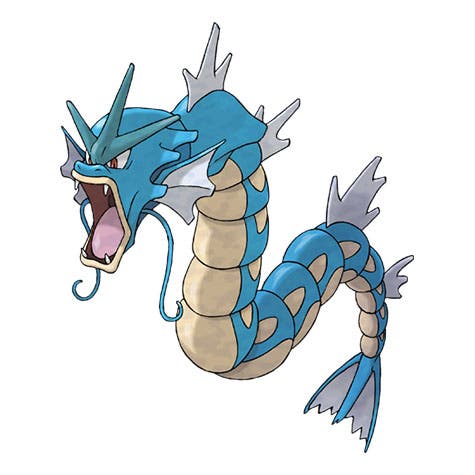
Gyarados
Type: Water and Flying
Recommended moves: Dragon Breath, Waterfall (Fast) Crunch, Hydro Pump (Charged)
Gyarados weaknesses: Electric, Rock
Gyarados is one of the original favourites that has managed to keep its place in the spotlight.
When it comes to the Premier Cup, Gyarados is a perfect water-type Pokémon, especially for players who have been playing for a good amount of time. It will easily remove any troublesome fire, ground or rock type Pokémon that you might encounter and Crunch, one of it's Charged attacks, allows it to have a powerful dark-type move as an added bonus.
In the terms of its Fast attack we actually recommend you choose Waterfall, because, surprisingly, you're currently more likely to encounter Pokémon that are weak to water-type moves in the Premier Cup than dragon-type ones.
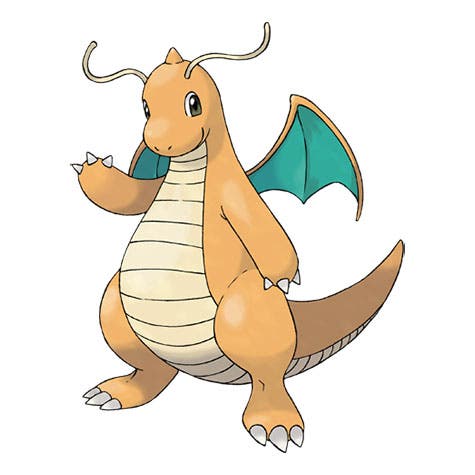
Dragonite
Type: Dragon and Flying
Recommended moves: Dragon Breath (Fast), Dragon Claw, Hurricane, Outrage (Charged)
Dragonite weaknesses: Dragon, Fairy, Ice, Rock
Dragonite is yet another favourite from the early days of Pokémon Go who has kept its position as one of the best Pokémon in the game.
It continues to have one of the highest CP caps in the game, which means that it can simply beat other Pokémon to death if needed, and is a solid defence against any other dragon-type Pokémon that you might encounter, such as Garchomp.
You just need to ensure that it doesn't go up against any fairy-types, like that dangerous Togekiss, or else you'll have to watch this powerful Pokémon fall.
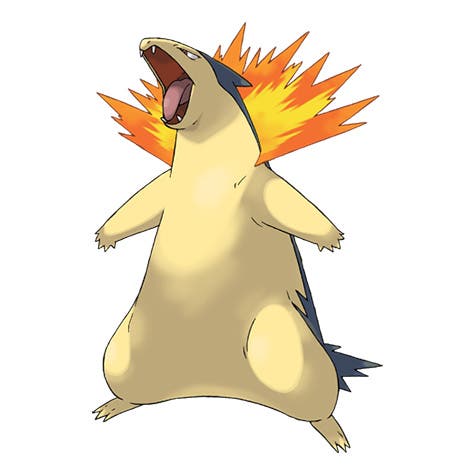
Typhlosion
Type: Fire
Recommended moves: Shadow Claw (Fast), Blast Burn, Solar Beam (Charged)
Typhlosion weaknesses: Ground, Rock, Water
If you're planning on having a fire-type Pokémon in your Premier Cup team, then you're probably considering using a Charizard. Typhlosion, however, is actually a far better choice.
Shadow Claw, a ghost-type move, allows Typhlosion to deal serious damage to Pokémon you wouldn't normally aspect to be weak to a fire-type Pokémon. This includes both ghost and psychic Pokémon.
The real triumph that comes from battling alongside Typhlosion though is Solar Beam. This Charged attack can easily knock out any Pokémon that might be weak against it and, if not, it will still cause a great amount of damage, which could cause your opponent to use that last shield they've been holding on to.
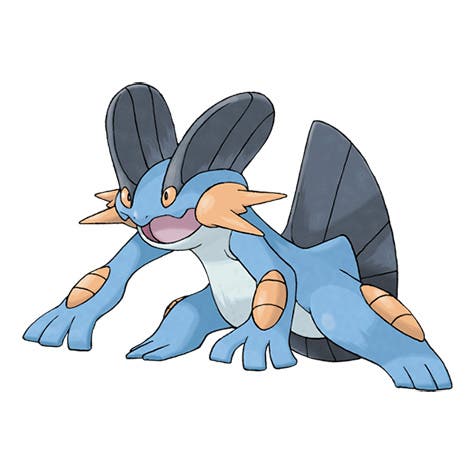
Swampert
Type: Water and Ground
Recommended moves:Mud Shot (Fast), Earthquake, Hydro Cannon, Sludge Wave (Charged)
Swampert weaknesses: Grass
Swampert is one of the best choices for any Premier Cup team.
It's dual type nature - water and ground - not only means that it only has one weakness, grass, but also means that it's immune to electric-types, which is usually the downfall of any strong water-type Pokémon.
The combination of water and ground also gives it an advantage over fire, ground rock, poison and steel-type Pokémon, which you will probably see a lot of in the Premier Cup.
Finally, unlocking a second move for Swampert only costs 10,000 Stardust and 25 Mudkip candy, which means that you can easily take advantage of its Charged. Hydro Cannon and Sludge Wave are a particularly good combination, because this will give the greatest range of Pokémon types Swampert can have an advantage over.
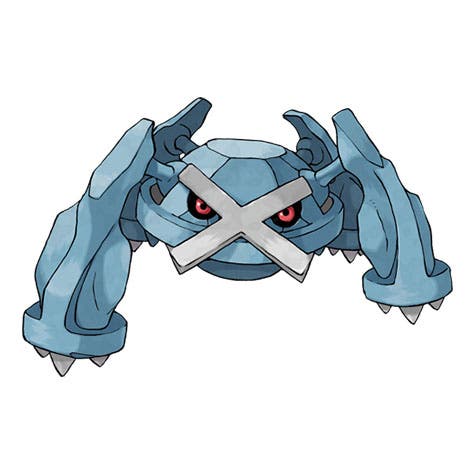
Metagross
Type: Steel and Psychic
Recommended moves: Bullet Punch (Fast), Earthquake, Meteor Mash and Psychic (Charged)
Metagross weaknesses: Dark, Fire, Ghost and Ground
If you've been competing in the Master League, then you've most likely encountered a Metagross or two and, even though you can't use legendaries or mythical Pokémon in the Premier Cup, it still continues to be a useful Pokémon here.
Metagross is a great counter for Pokémon like Dragonite and especially Togekiss, which means that one of these Pokémon on your team could turn the match in your favour.
The only real setback for trainers planning to use Metagross is that, ideally, one of it's Charged moves should be Meteor Mash, which was a Community Day exclusive move. If your Metagross doesn't know this move, then it will be restricted to Earthquake and Psychic.
If you're one of these trainers, we recommend choosing Earthquake as your Charged move of choice, because it will give you an advantage over other steel-type Pokémon, such as Magnezone and, of course, Metagross.
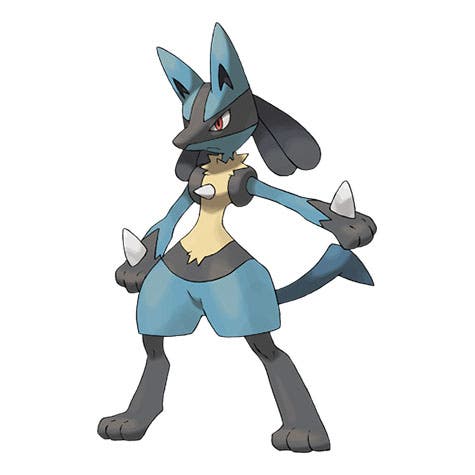
Lucario
Type: Fighting and Steel
Recommended moves: Counter (Fast), Shadow Ball, Power-Up Punch (Charged)
Lucario weaknesses: Fighting, Fire, Ground
It should be no surprise that Lucario is on this list, as it is, and remains, one of the most powerful Pokémon in the game.
When it comes to the Premier Cup, Lucario is a good choice both powered up on Stardust or without it. If you remember to purchase its second move while it's Riolu, then you'll be able to easily benefit from Lucario's second move without even having to worry about the extra expense.
Even without being powered up, Lucario can still easily handle any steel-type Pokémon, such as Metagross, and is a good choice for any Premier Cup team.

Magnezone
Type: Electric and Steel
Recommended moves: Spark (Fast), Flash Cannon, Mirror Shot, Wild Charge (Charged)
Magnezone weaknesses: Fighting, Fire, Ground
When it comes to electric-types for the Premier Cup, then Magnezone is a good starting choice. Spark will allow you to cause some good quick damage to water-types, potentially knocking them out of the battle nice and early, while its range of Charged moves promises to cause a substantial amount of damage.
The downside to Magnezone, however, is that an electric and steel-type Pokémon can be easily defeated by any strong fire or ground-type, the typically electric-type weakness, move. This means that, if you're unlucky, you may have to watch Magnezone be defeated or you'll be forced to use one of your shields.
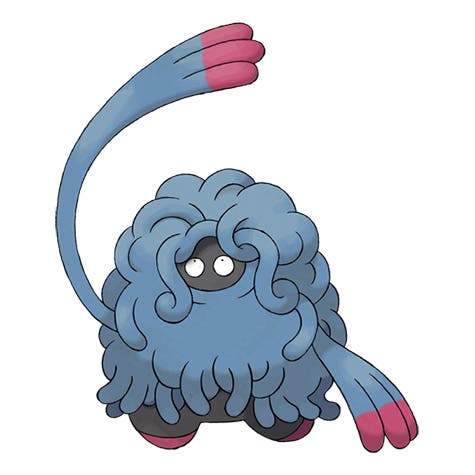
Tangrowth
Type: Grass
Recommended moves: Vine Whip (Fast), Power Whip, Rock Slide (Charged)
Tangrowth weaknesses: Bug, Fire, Flying, Ice, Poison
Tangrowth's talent comes from being able to quickly power up its Charged attack, so that you can force your opponent into using one of their shields early. This will allow you to quickly destroy their extra defences before entering your truly powerful Pokémon into the battle.
If they don't decide to use their shields, then both of Tangrowth's Charged attacks can still cause a good amount of damage, especially if you happen to be battling one of the Pokémon that it has an advantage over, such as Swampert.

Togekiss
Type: Fairy and Flying
Recommended moves: Charm (Fast), Aerial Ace, Ancient Power, Flamethrower (Charged)
Togekiss weaknesses: Electric, Poison, Ice, Rock, Steel
Togekiss is an old favourite from both the Ultra and Master League that continues to be a strong contender in the Premier Cup.
This advantage comes from how, due to being a fairy type, it's quite hard to counter. Combine this with how powerful Togekiss' fast move, Charm, is and you have a Pokémon that can easily knock out its opponent before you've finished powering up a Charged attack.
If you find yourself having problems with dragon type, then consider putting the time and effort into training up a strong Togekiss - you definitely won't regret it.
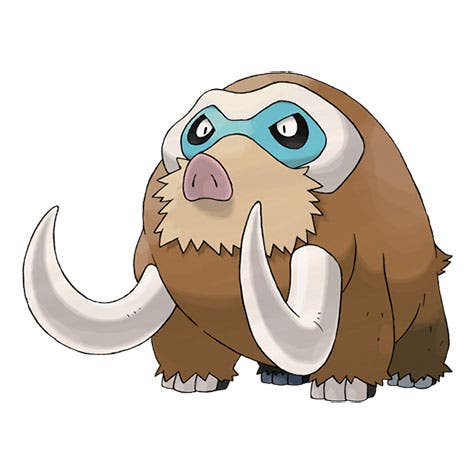
Mamaoswine
Type: Ice and Ground
Recommended moves: Powder Snow (Fast), Avalanche, Bulldoze (Charged)
Mamaoswine weaknesses: Fighting, Fire, Grass, Steel, Water
Thanks to being a dual type Pokémon, ice and ground, Mamaoswine is an effective counter and an excellent choice for any Premier Cup team.
Ideally you should unlock it's second move option, so that you can benefit from having a choice of second move; Avalanche if you're facing a dragon-type Pokémon, Bulldoze if you're dealing with an electric-type.
The only major downside to Mamaoswine is that, if faced with a steel-type Pokémon, it will find itself quickly defeated.
Garchomp
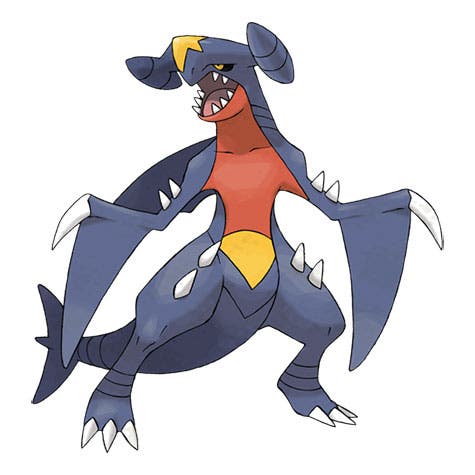
Type: Dragon / Ground
Recommended moves: Mud Shot (Fast), Outrage and Earthquake (Charged)
Garchomp weaknesses: Fairy, Dragon, Ice (double weakness)
Garchomp is a good excuse to flex having found enough Gible - one of the most infamous creatures of recent generations - to eventually evolve its third evolution.
Though Garchomp doesn't top the list as a Dragon or Ground type, the lack of Legendaries of these types in the Premier Cup gives it a little time to shine - making it a great all-rounder if you can have both Outrage and Earthquake charged moves, allowing you to take down steel (Metagross, Magnezone) and fighting (Machamp, Lucario) types easily.
Ultimately, be aware of its weaknesses, several of which are prominent in the meta - so make sure you keep it well away from a Mamoswine or Togekess if they show up. It is, however, particularly resistant to electric.
Good luck in the Premier Cup!






